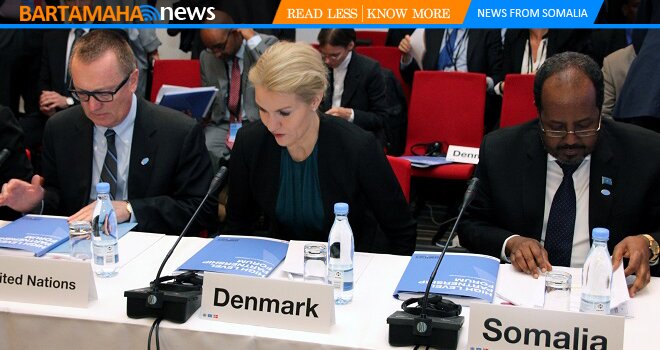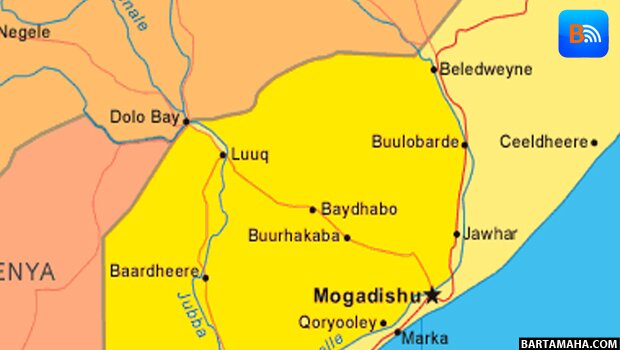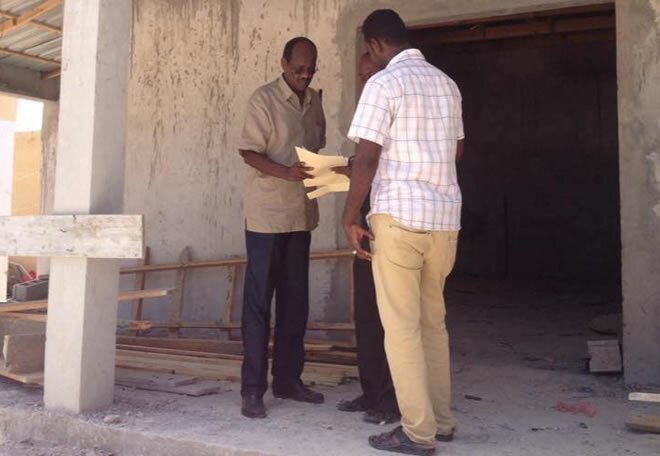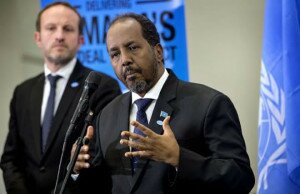VIDEO: Little help for Somalia’s cyclone victims
More than 300 killed by tropical cyclone and many more missing in the semi-autonomous Puntland region.
As world attention remains riveted on the tragic events in the Philippines, a community close to the tip of the horn of Africa is also battling the effects of a cyclone of a much lesser magnitude.
The administration of Puntland, a semi-autonomous region in northeastern Somalia, has declared a state of emergency following a tropical cyclone that caused massive destruction in towns and villages on the furthest tip of its territory.
More than 300 people are feared dead, while hundreds more are currently unaccounted for.
Six days after the storm, getting help to the people stranded in flooded villages remains the biggest headache for the administration.
Little help has come in from the outside world. The authorities say more than 50,000 people are in need of urgent assistance. They are spread across an area of 250 square kilometres.
But access to the most affected villages and towns is cut, hindering not only finding out the true extent of the damage caused by the floods but also the delivery of assistance.
Six days since the cyclone made landfall, the few aid agencies here in Puntland are still trying to reach the marooned villages.
Vehicles sent by the government with supplies are yet to reach any of the flooded villages.
The few aid agencies on the ground are resorting to desperate measures – sending volunteers on foot carrying much-needed assistance mostly medical supplies.
Dr Uday Raj Naidu of the medical agency Merlin said: “Our volunteers who we have trained are ready in accessible areas. They will carry the kits and walk through the bush to get help to those in inaccessible areas.”
The damage done to the infrastructure has been massive. The floods that followed the tropical cyclone swept away bridges on the road linking Puntland’s major cities.
Long queues of stranded vehicles remain on both sides of the damaged road.
Days of waiting
After days of waiting for the raging floods to recede people have started crossing the damaged part on foot.
No meaningful aid can get to those who need it the most until this road is repaired.
The efforts by the Puntland administration to do that remains hampered by the lack of resources. We found the only earth-moving machine workers were using to repair damaged parts of the road stuck in the mud.
Most of the coastal areas affected by the cyclone are the areas that the 2004 tsunami hit. While the tsunami of 2004 did its worst damage in South-East Asia, the giant waves also travelled across the Indian Ocean to East Africa and to Puntland.
War-torn Somalia, already one of the poorest countries of the region, was the worst affected, with 289 people reported dead or missing.
The worst afflicted Somali area was on the coast of Puntland – a community that depends on the export of lobsters, sharks and kingfish for sustenance.
While the tsunami affected only the coastal areas, last week’s cyclone affected areas further inland.
Icy rains and strong winds killed many people in pastoral areas of the semi-arid semi-autonomous region.
Survivors have been telling harrowing tales of entire families wiped out by the storm.
Thousands of livestock are also reported dead as a consequence of the icy rain and the strong gusts.
Not good news in a country where 65 percent of the population are reliant on livestock for their livelihood.
Source: Al Jazeera
Comments
comments
 Calendar
Calendar





































